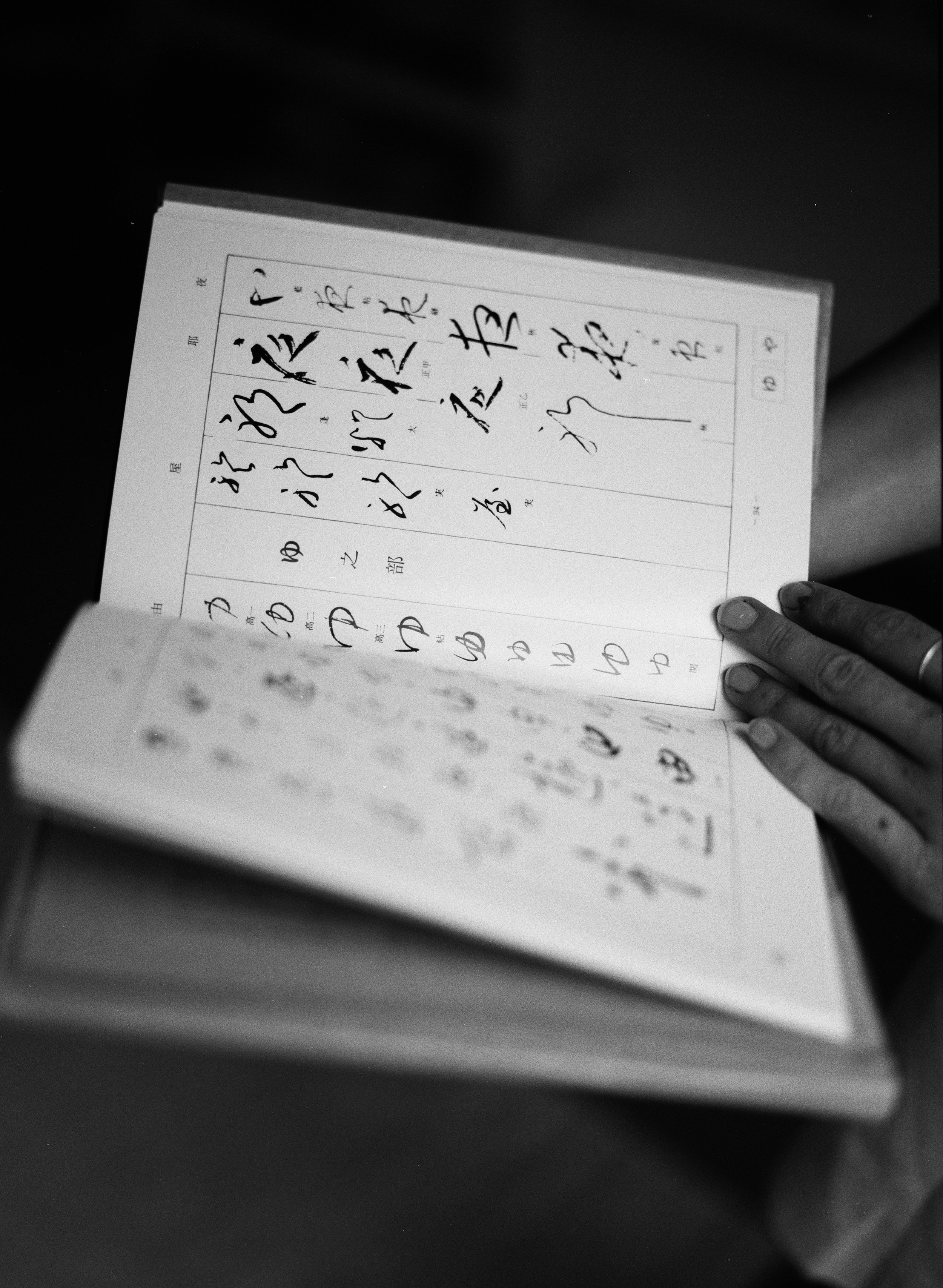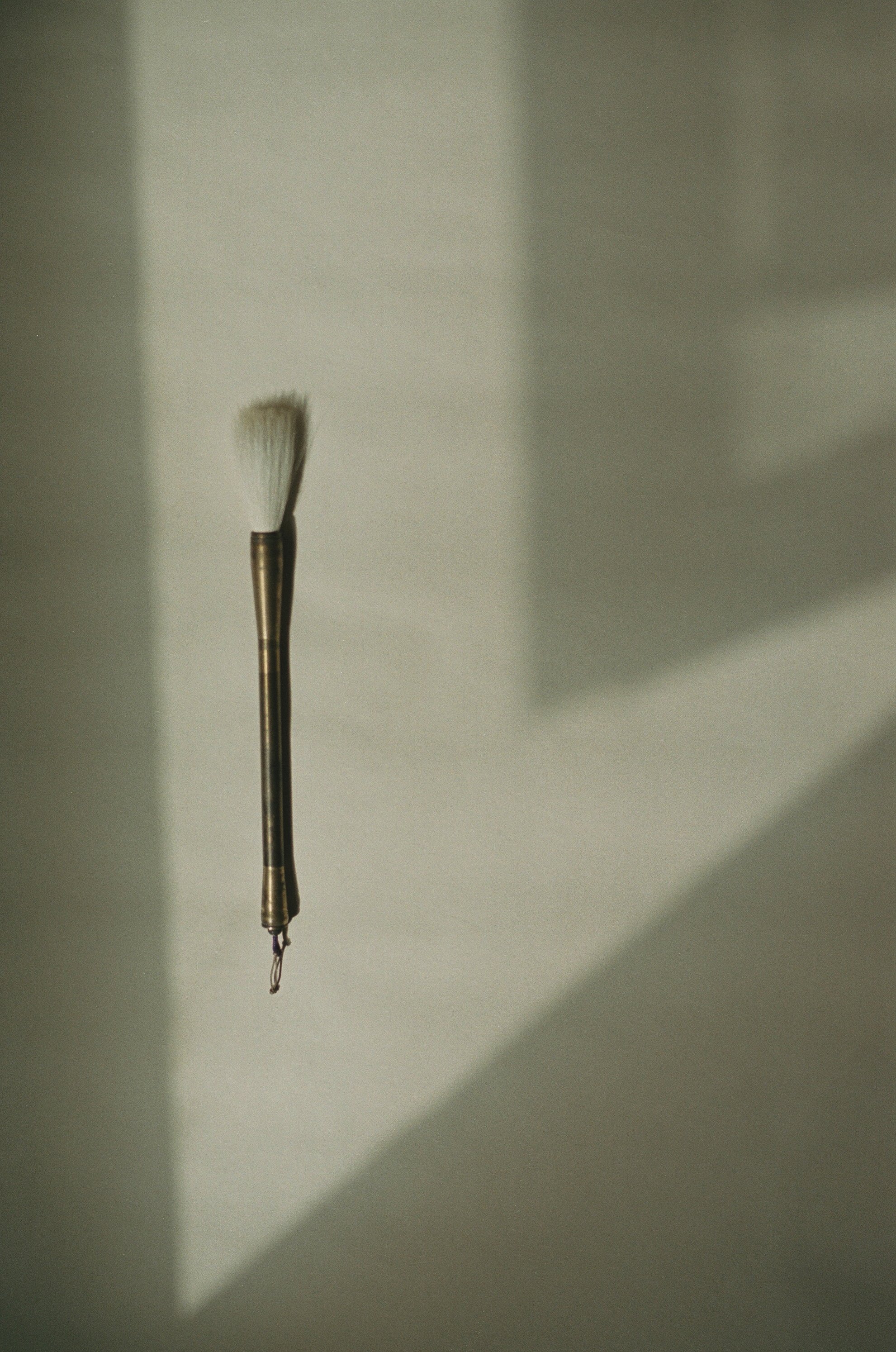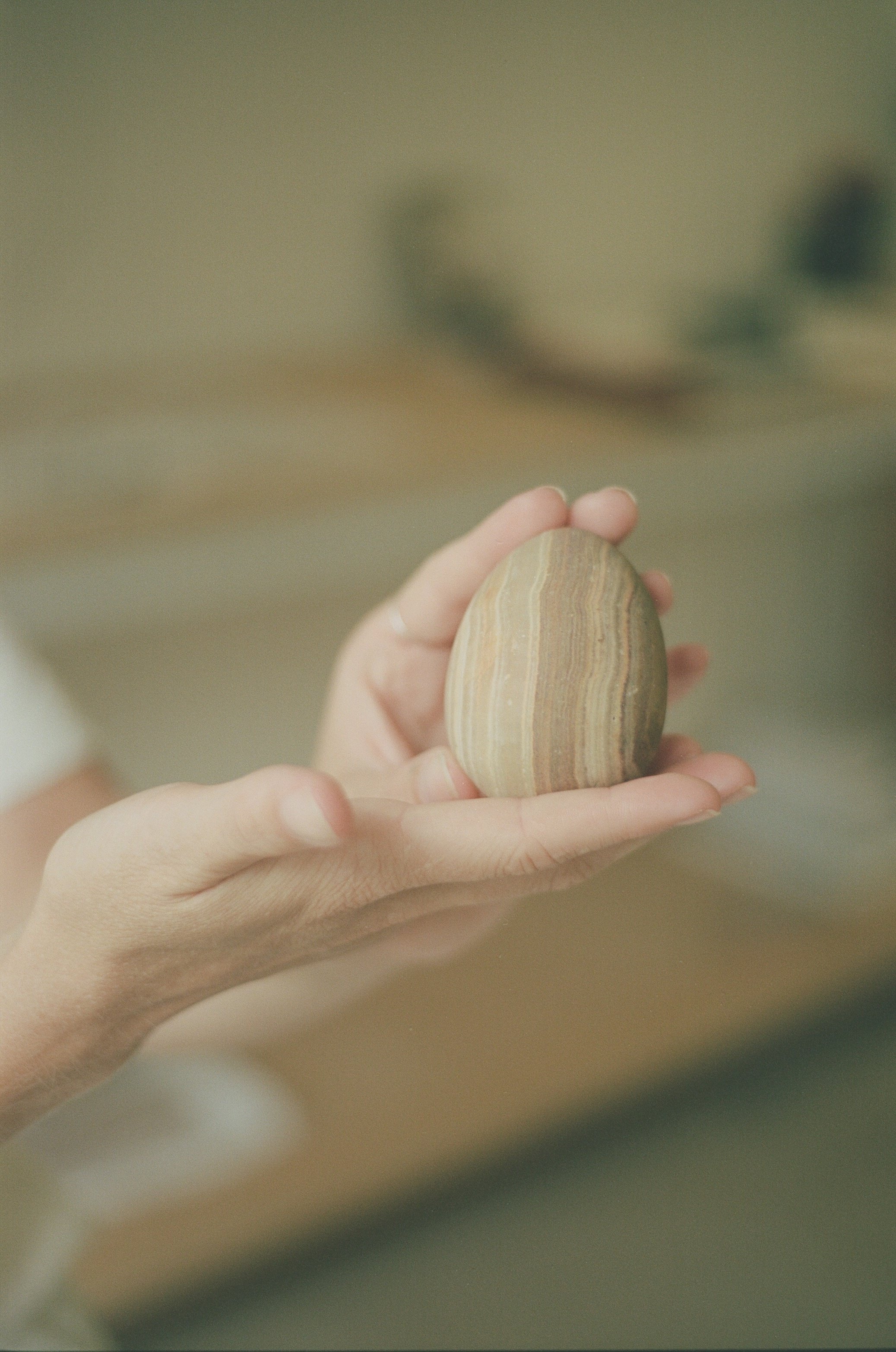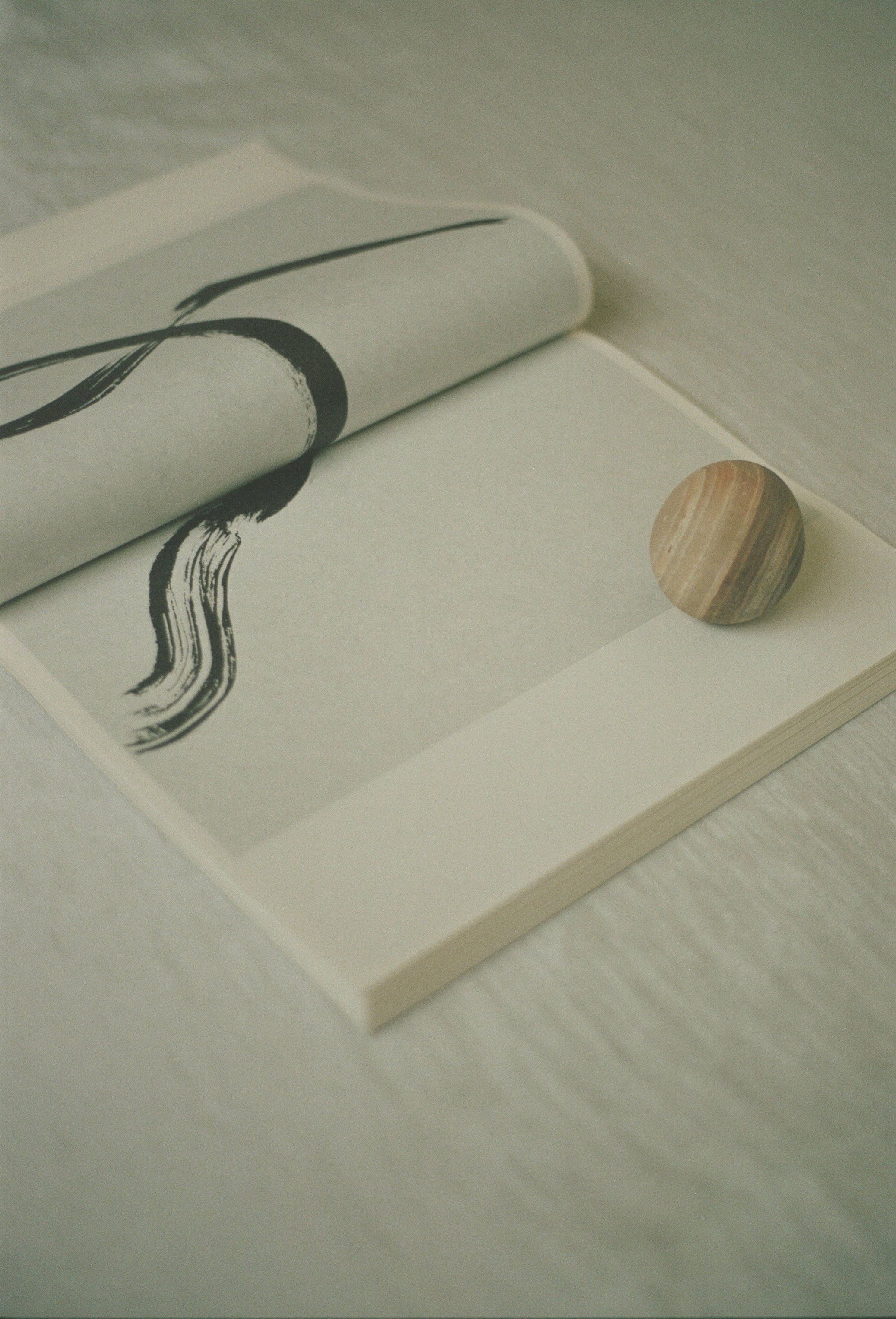Conversation with Mimi Robson - an artist, a printmaker and a Zen practitioner.
I photographed Mimi's practice in September at her studio in Cornwall. I watched her quietly creating marks on a 3 meters long hemp silk hangings, using a Sumi ink made from soot.
Read full conversation below
“I think all creative practice is spiritual, in its very nature. Our creativity is a source of energy and self reflection. Through it we can experience our inner most ideals, sensations, challenges, hopes and fears”.
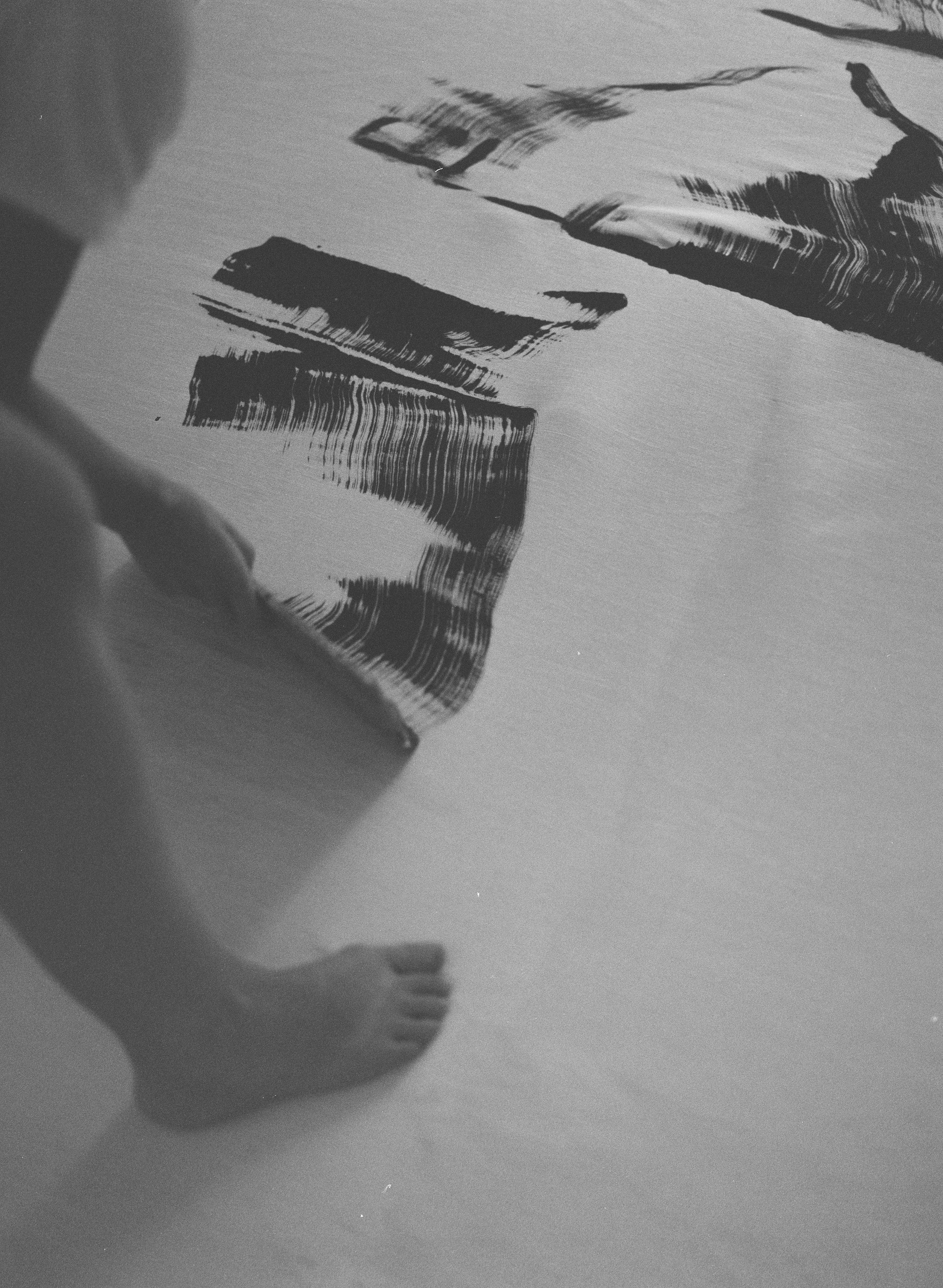
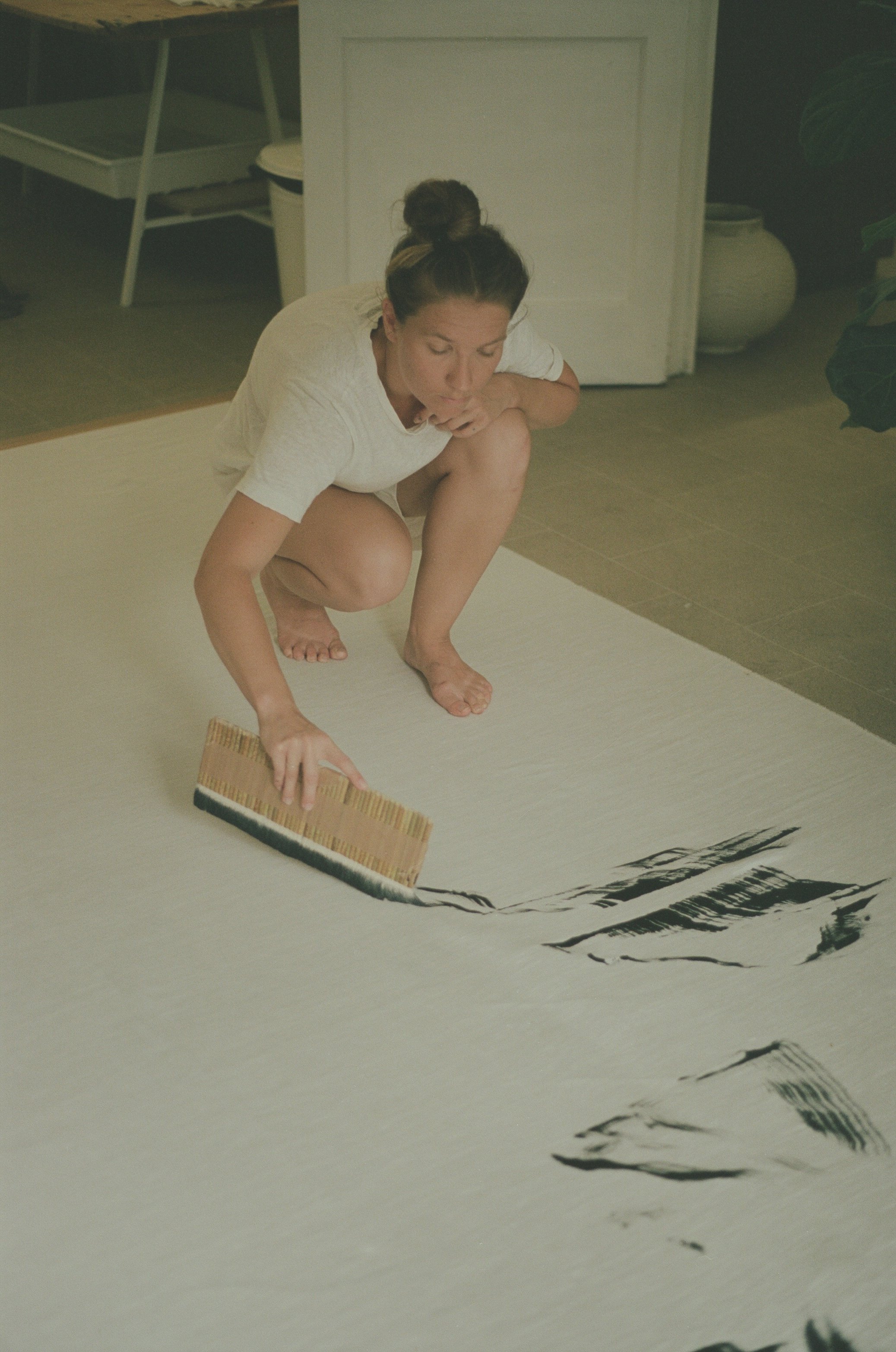
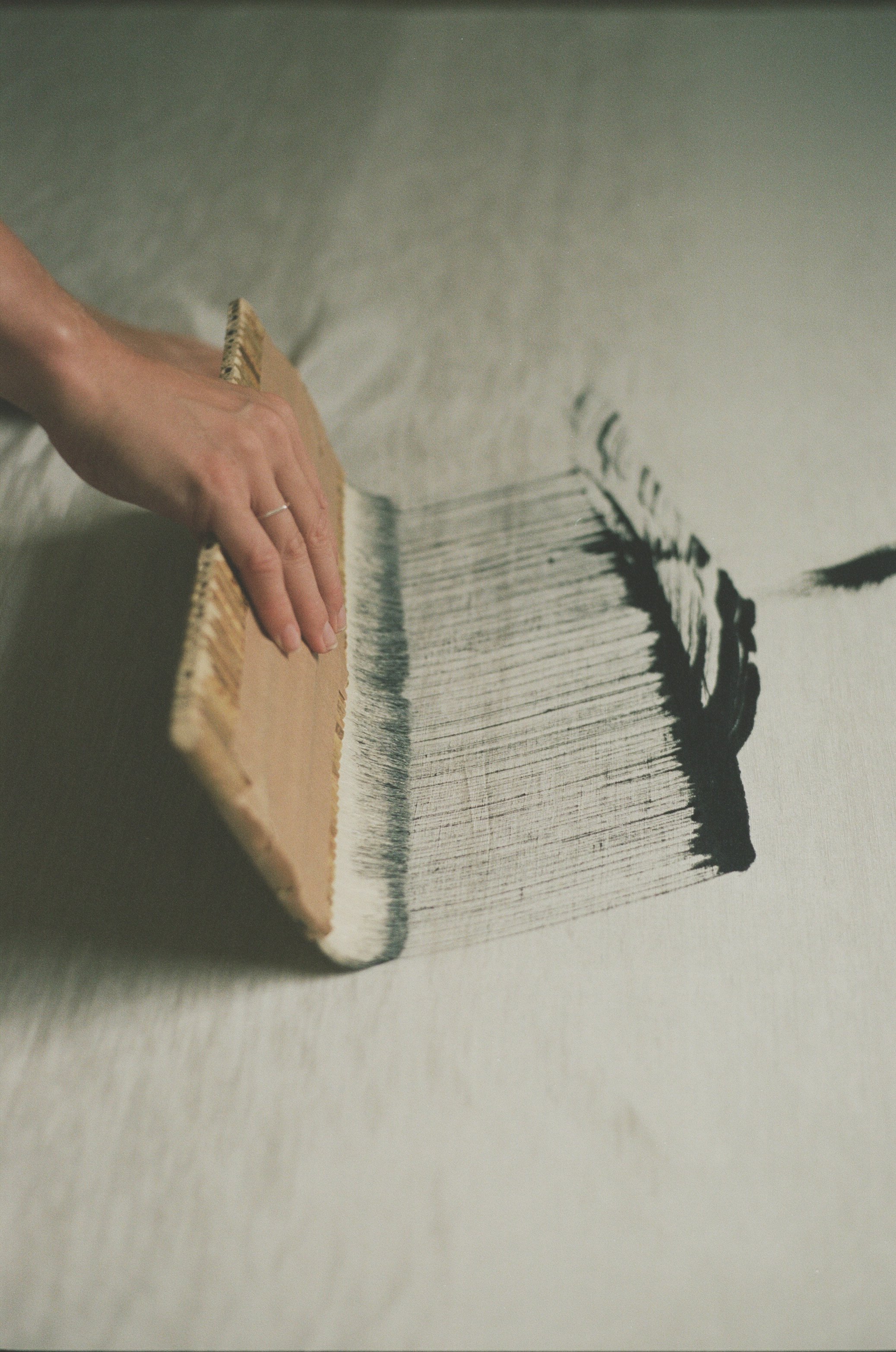
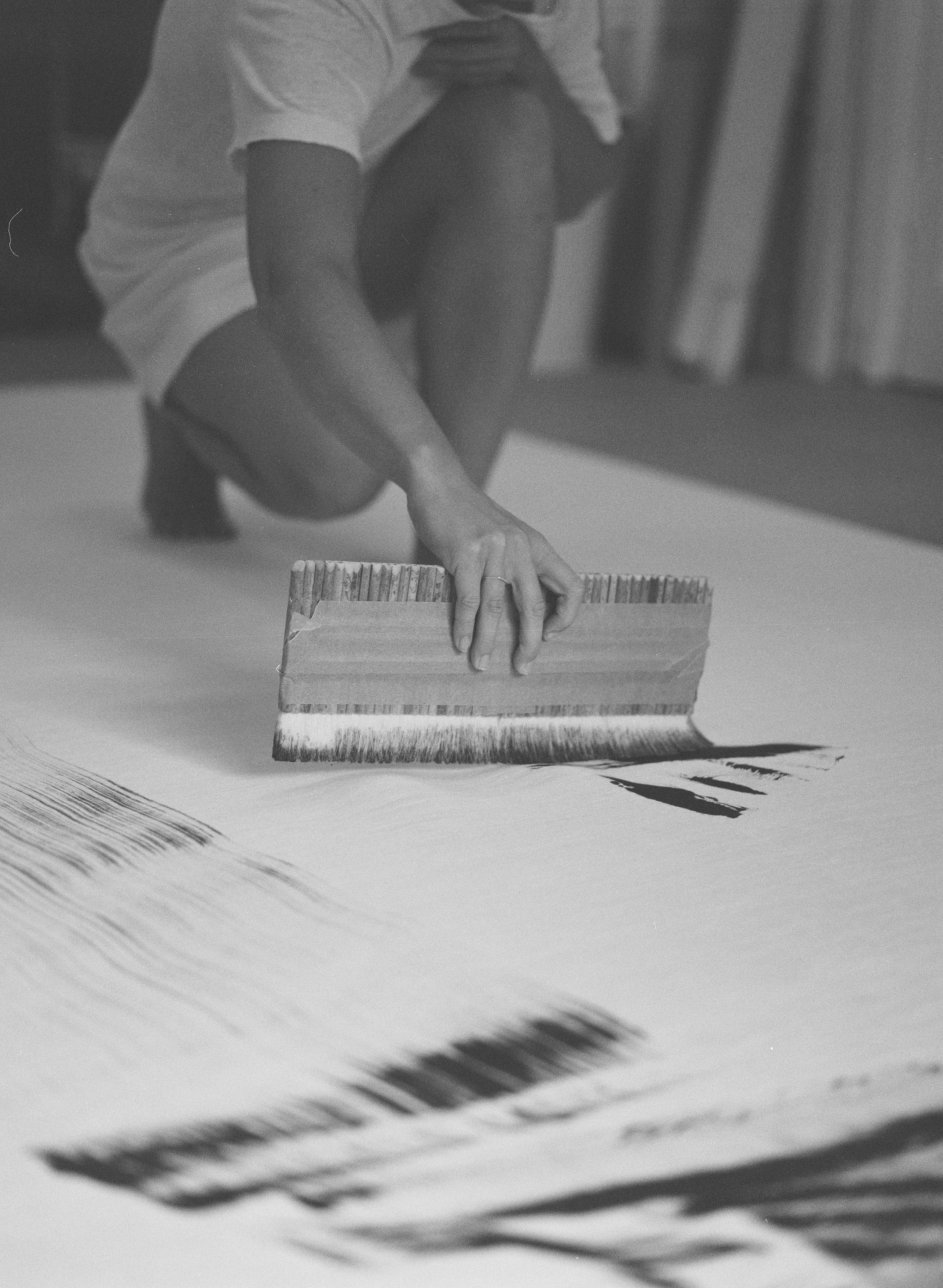
I know from a conversation we shared in the past, that you have a zazen practice. Can you tell me when did you first get introduced to Zen?
I think my discovery of Zen coincided with that of Chinese and Japanese master painters, like Ma Yuan, Liang Kai and Sesshu. I was so drawn to the vast and delicate atmospheres within the paintings of the Northern and Southern Song dynasties, and came to learn that the emptiness within them was an exploration of Taoist philosophy or Zen principles. So since the beginning, Zen and Art have always been entwined for me. My exploration of Zen guides my creative practice, and in turn is enriched by it.
What impact do you think your daily sits have on your creative practice?
I feel that my practice of shikan-taza teaches me to be fluid and resilient. It also connects me deeply to my Self. When my mind becomes murky, stressed or confused, a sit can clear it to reflect what I truly want to express in my art, and this helps me to always feel connected to what I create.
Do you consider making art as a form of meditation?
Without a doubt. I transpose the same state of mind as meditation when I am working; which is to say that I bring the same focus and fluidity to it. I try to work in such a way that engages all of my being and wholehearted awareness. The large scale silk hangings I have worked on recently require an awareness of my breath and body as well as my brush and the forming of a mark, and so directly parallels Hara meditation (meditating on the breath at the abdomen which connects us to our strength).
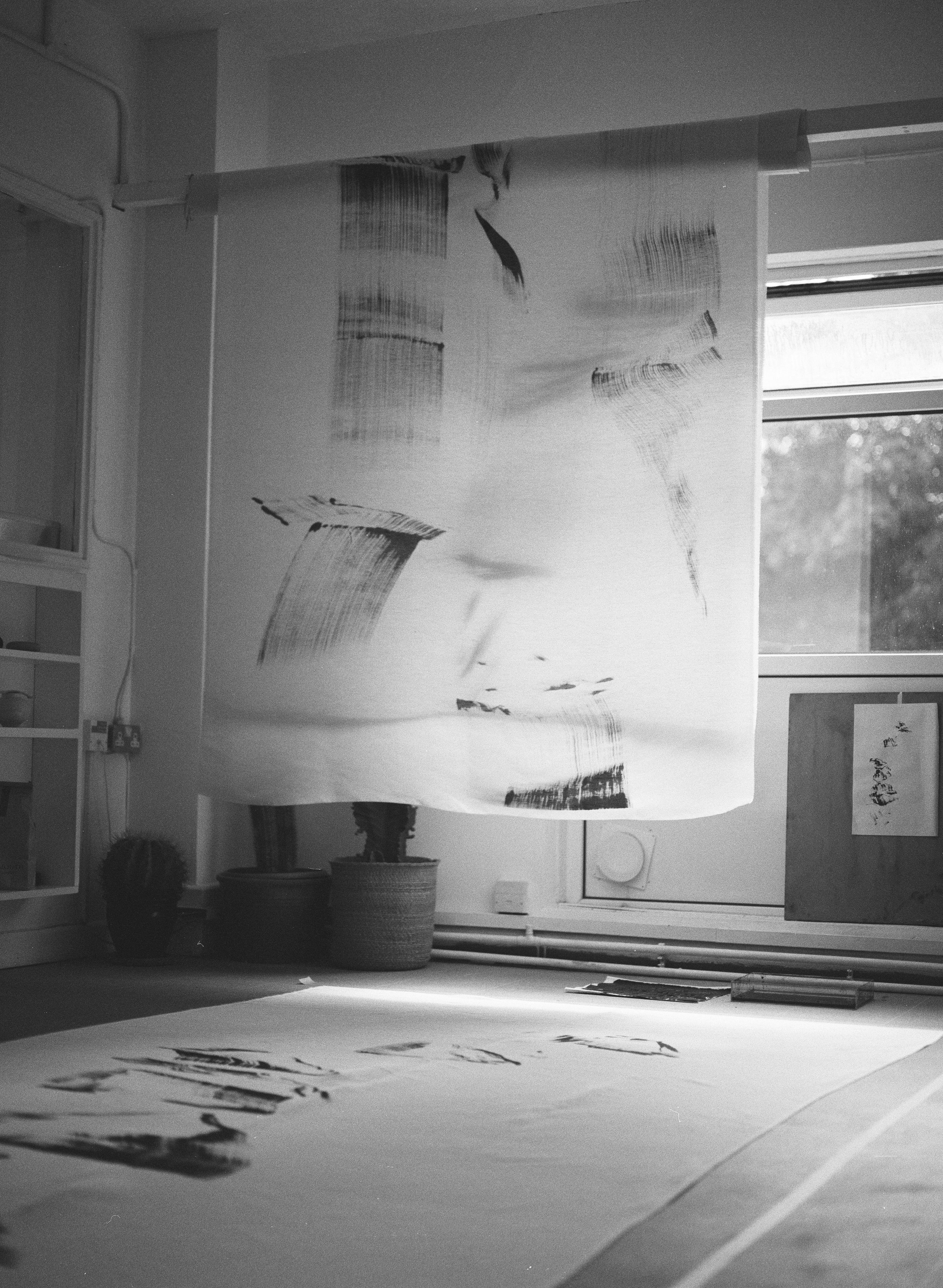
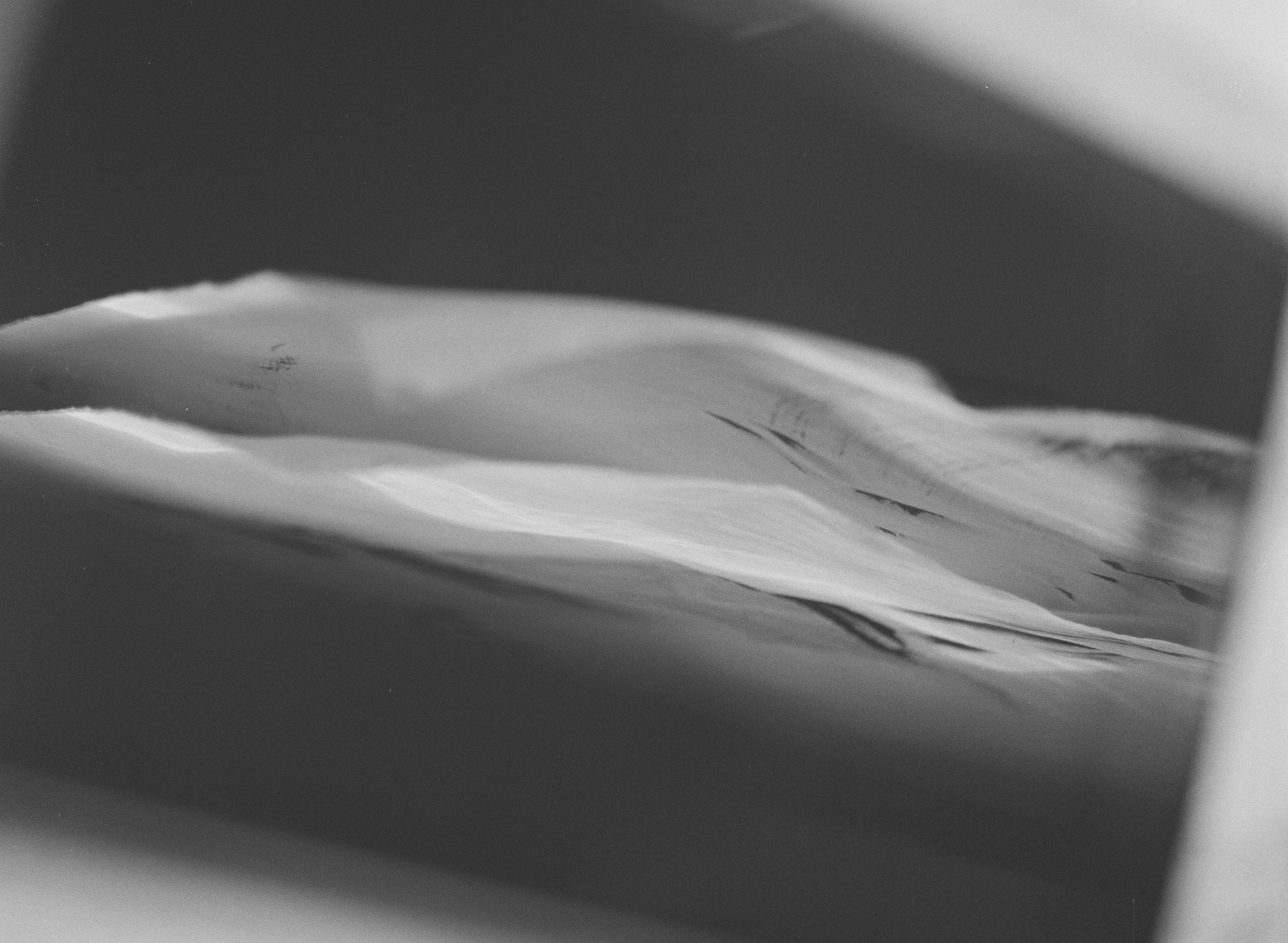
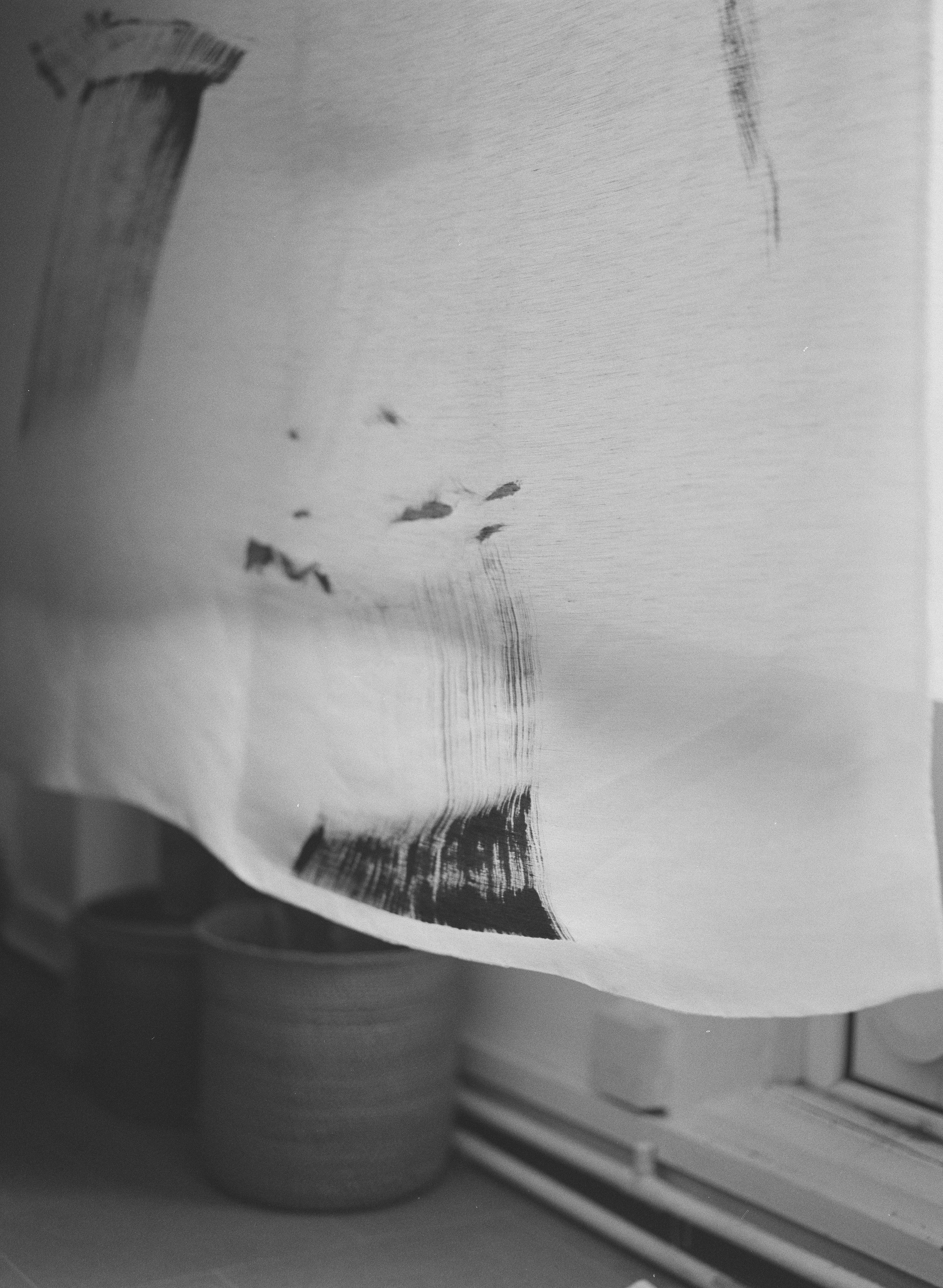
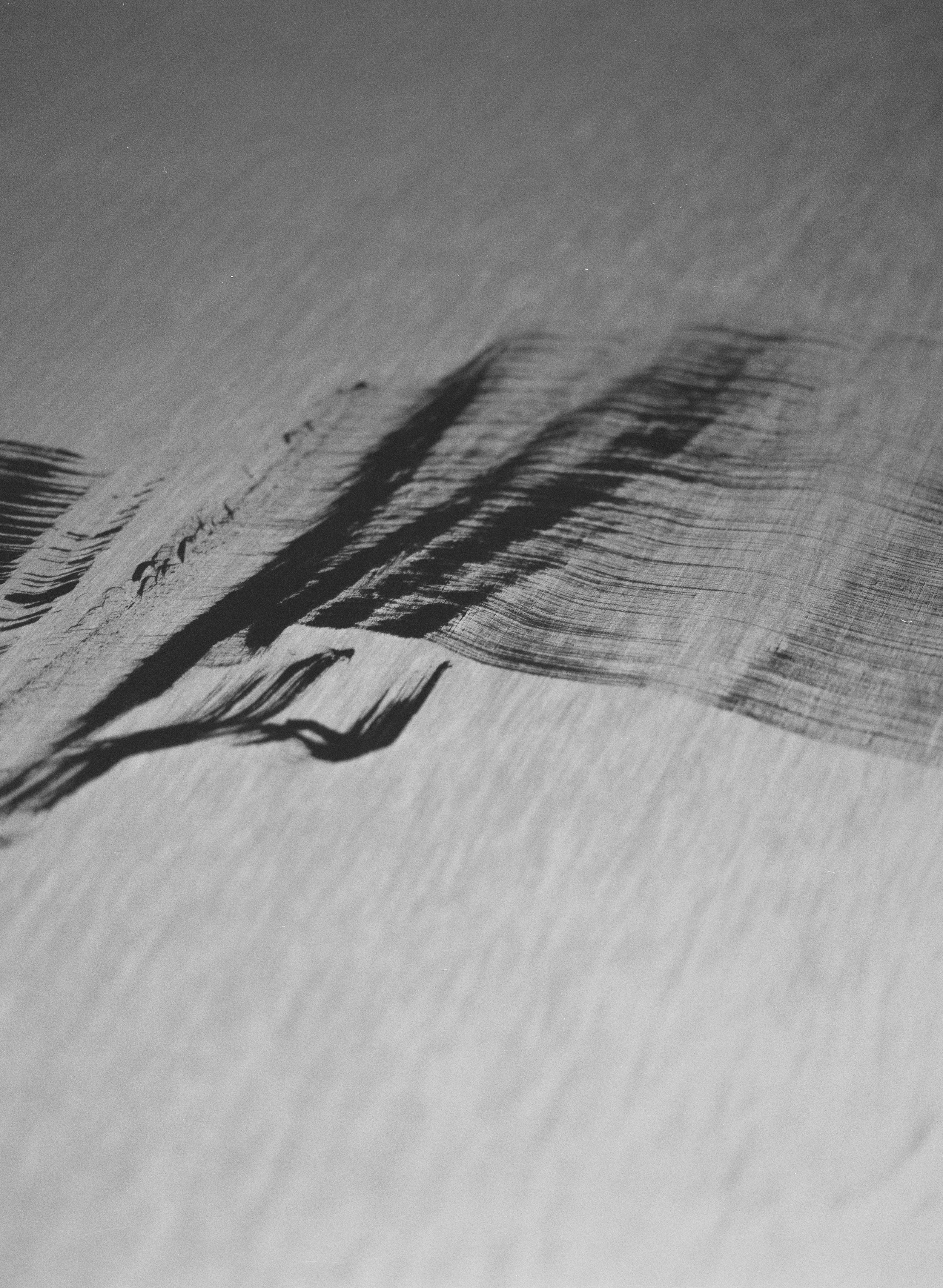
Do you think a spiritual practice can enrich the creative practice and vice versa?
I think all creative practice is spiritual, in its very nature. Our creativity is a source of energy and self reflection. Through it we can experience our inner most ideals, sensations, challenges, hopes and fears. It is also an experience of generating something from nothing, and so connects us to the Zen teaching that nothing is self-subsistent, that all forms in their nature are empty; emerging, existing and expiring in emptiness.
In the past I have used the image of water to symbolise this transience which inspires me. Observing and reflecting on waters nature of movement and change has been a way for me to express the idea that everything is and shares energy, and is governed by universal patters. Our human nature shares the shifting states of water.
Recently I have been drawn to observe our inner landscapes and my prints have become a direct exploration of my spiritual practice. I am curious how to visually express my experience of zazen, self-awareness, and psychological transformation. Ancient symbolism within the history of Zen, such as stones and empty planes of space, heaven and earth, have been offering me a new and more explicit visual language.
What is the most precious book on your bookshelf?
Books are a real indulgence for me! I have a very precious one, a calligraphers practice manual which I bought in Kyoto. I do not read Japanese, so the writing is all unknown to me, yet the marks within resonate deeply and seem to be in a language that I understand.
If you were to revisit your earliest work; the place where your interest in art began; do you find themes that connect with your work today?
Reflecting on some earlier works, I see they were an attempt to grasp the concepts I explore now. But my experience and artistic language were so limited and shallow that I was struggling to understand them let alone articulate them visually. I think Consciousness and the parallels between Nature and human nature have always been a theme for me and my artistic practice is about finding new and more deeply truthful ways of expressing how I see and feel them.
Who did you ‘want to be’ when you were a child?
I wanted to be an artist from a very early age, and I am grateful that I was encouraged onto a creative path, nor was my dream challenged too much. Sometimes is think this certainty I had made me complacent in questioning myself or my direction. Other times I feel it shows me that I can confidently follow my intuition. Either way, I feel so grateful to have spent most of my life expressing myself and creating beauty.
